SOURCE: AFI
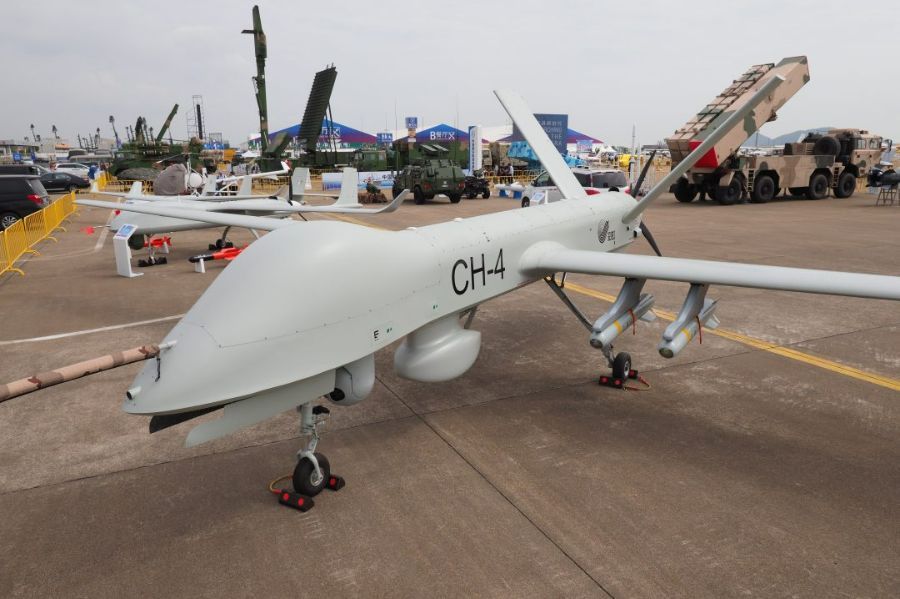
As India’s military undergoes a modernization push, Pakistan is taking steps to keep pace, with a focus on acquiring advanced drones. Pakistan that as procured 10 CH-4 armed drones, is planning for the second batch of the same size. This move bolsters Pakistan’s drone fleet and signifies its intent to counter India’s growing aerial capabilities. The total cost of the deal is estimated to be around USD 24 million.
While details of the second batch are yet to be confirmed, As per idrw.org it might include another 10 CH-4 drones. These drones could potentially be equipped with a more powerful engine, the turbocharged four-stroke Lark HFE with 150 hp. This liquid-cooled engine boasts features like a high-pressure common-rail fuel system (HPCR) for efficient operation, full authority digital electronic control (FADEC) for improved performance, and a reliable 2,000-hour average time before overhaul rating.
Continue readingSOURCE: AFI

Hyderabad-based Vector Technics, a company specializing in innovative motor technology, has announced the global launch of its “eVector” counter-rotating motors today at Xponential, a leading trade show for unmanned systems in San Diego.
The unveiling of the “eVector” series represents a paradigm shift in the design and performance of propulsion systems for drones and other unmanned aerial vehicles (UAVs). By harnessing advanced engineering principles and cutting-edge electric motor technology, Vector Technics aims to revolutionize the capabilities of aerial platforms across various industries, including defense, surveillance, agriculture, and logistics.
Continue readingSOURCE: RAUNAK KUNDE / NEWS BEAT / IDRW.ORG
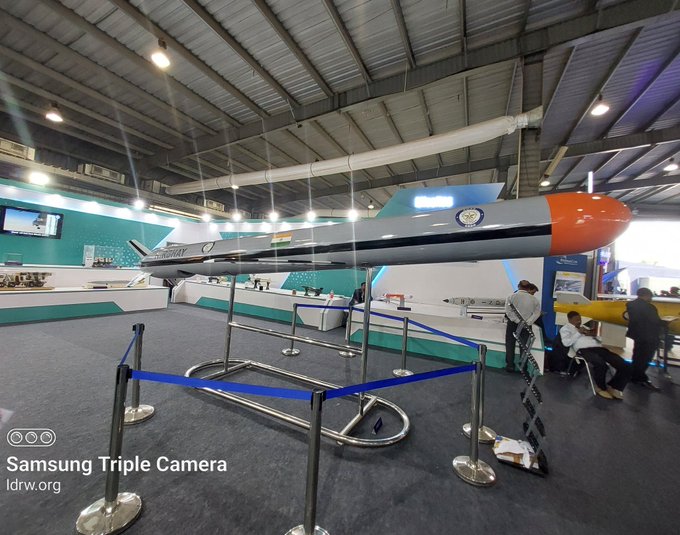
India’s quest for self-reliance in defence technology is gaining momentum, with significant advancements in its Indigenous Technology Cruise Missile (ITCM) program. Recent successful trials of the land-based variant from a truck-mounted launcher demonstrate progress towards a robust cruise missile arsenal.
Following the successful validation of the Submarine-Launched Cruise Missile (SLCM) from submerged platforms last year, India has now validated the land-based ITCM system. This critical milestone signifies the operational readiness of the land-attack variant.
Continue readingSOURCE: RAUNAK KUNDE / NEWS BEAT / IDRW.ORG
Hindustan Aeronautics Limited (HAL), a state-run aerospace company, has partnered with Bengaluru-based startup NewSpace Research and Technologies to develop a next-generation weapon system – the Air-Launched Flexible Asset (Swarm), or ALFA-S.
These compact drones, measuring between 1 and 2 meters long, boast folding wings for efficient storage within canisters mounted on Indian Air Force aircraft. The pilot releases the drones at a safe distance from enemy defenses. Once airborne, the drones deploy their wings and utilize battery power to reach speeds exceeding 100 kilometers per hour.
Continue readingSOURCE: RAUNAK KUNDE / NEWS BEAT / IDRW.ORG
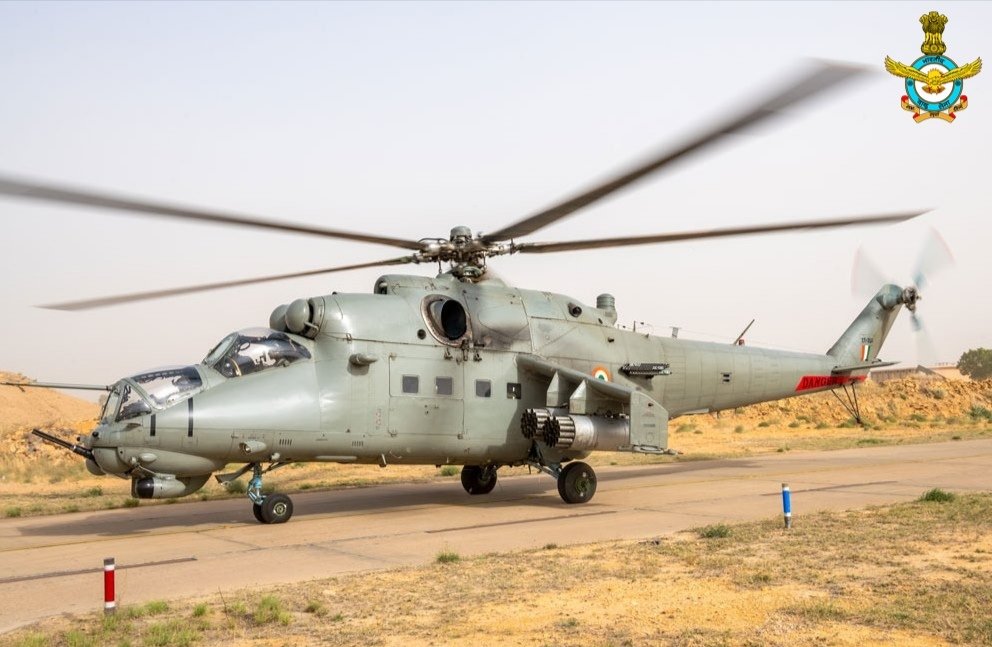
The Indian Air Force (IAF) is set to extend the operational life of its single remaining squadron of Mi-35 attack helicopters until 2030. This decision comes as the IAF transitions its attack helicopter fleet towards more modern platforms.
Previously, the IAF operated two squadrons of the Mi-25/35 helicopters, a Soviet-era design. However, one squadron was phased out in 2019-20 following the induction of a more advanced attack helicopter, the Boeing AH-64E Apache.
Continue readingSOURCE: AFI

Space exploration is on the cusp of a new era, and two leading companies are joining forces to propel it forward. Bellatrix Aerospace, a rising star in the industry, has announced a collaboration with Arianespace, a European launch services provider, to develop a powerful new engine.
The centerpiece of this collaboration is a 35 kN thrust methalox engine. This innovative engine utilizes a combination of methane and liquid oxygen (lox) as propellants, offering several advantages over traditional fuels. Methane is not only cleaner-burning but also readily available, making it a sustainable choice for future space missions.
Continue readingSOURCE: AFI

The Chinese oceanographic research vessel, XIANG YANG HONG 03, has docked in Male, Maldives for the second time this year, raising eyebrows in the region. This follows the completion of another survey mission in the Indian Ocean, according to sources.
The XIANG YANG HONG 03 previously called at Male in February 2024. While officially for crew rotation and resupply, the vessel’s activities have been met with suspicion, particularly due to its past operations near the Andaman and Nicobar Islands without broadcasting its position.
Continue readingSOURCE: AFI

Indian Army Vice Chief Lt Gen Upendra Dwivedi recently undertook a significant visit to several key defense manufacturing facilities, reflecting the nation’s commitment to self-reliance in defense production. His visit encompassed Indo-Russian Rifles Private Limited, the Ordnance Factory Project in Korwa, as well as prestigious academic institutions like IIT Kanpur and the Adani Ammunition Complex.
At the Indo-Russian Rifles Private Limited facility, Lt Gen Dwivedi observed the production of assault rifles, crucial equipment for the Indian Army’s operational readiness. This facility’s contribution to providing state-of-the-art battlefield equipment aligns with India’s strategic goals of bolstering its defense capabilities through indigenous manufacturing.
Continue readingSOURCE: IDRW.ORG TEAM.
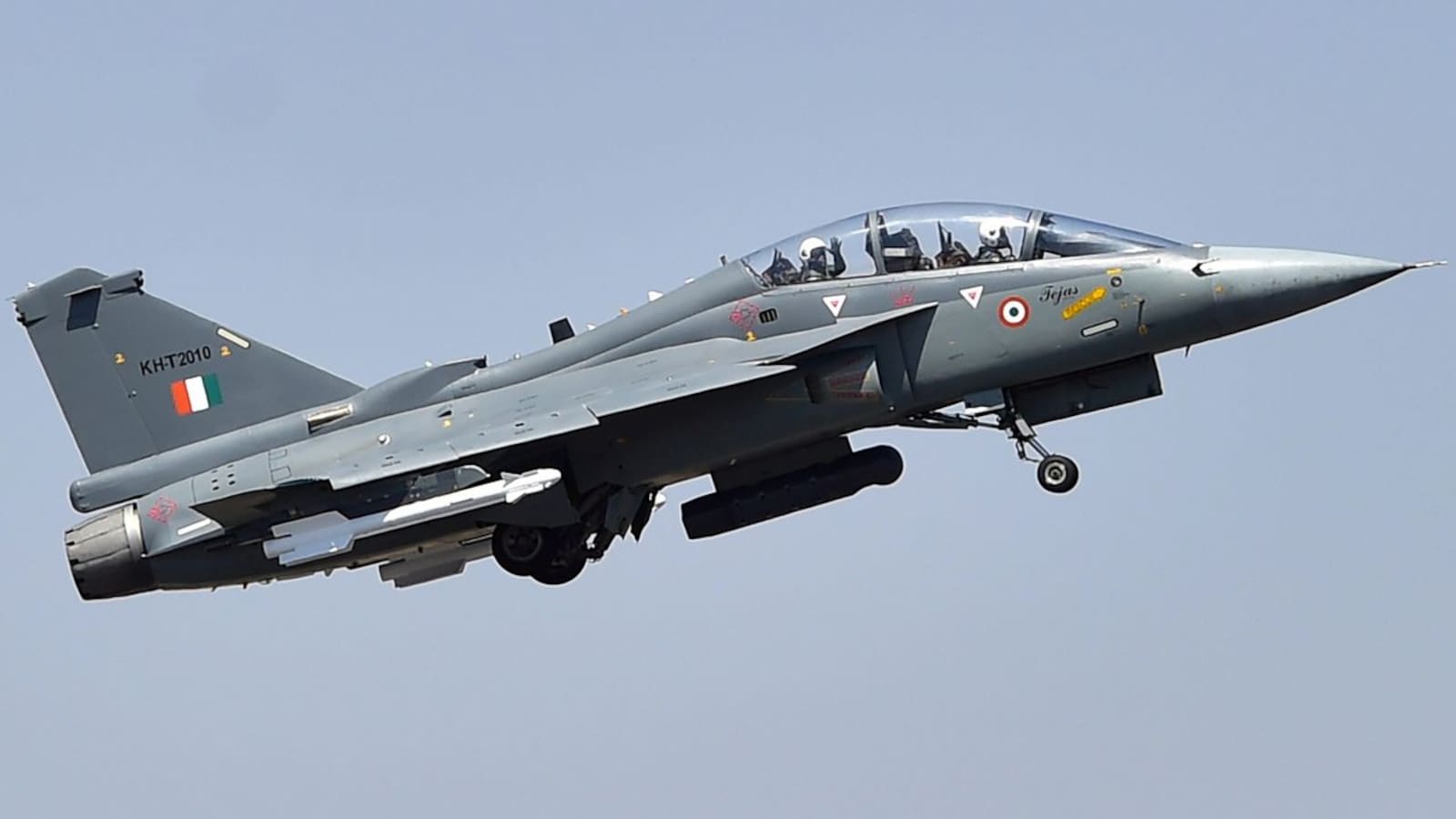
Hindustan Aeronautics Limited (HAL) is hopeful that the Indian Air Force (IAF) will consider purchasing additional LCA Tejas Trainer aircraft following a recent tender for 97 single-seater Tejas Mk1A fighter jets.
The IAF currently has an order for 18 LCA Tejas Trainers for local Squadron conversion of pilots before they can fly the single-seater Tejas Mk1A fighter jets. Out of these, HAL has already delivered 5 trainers and is on track to complete deliveries for the remaining 13 by 2025.
Continue readingSOURCE: IDRW.ORG TEAM.
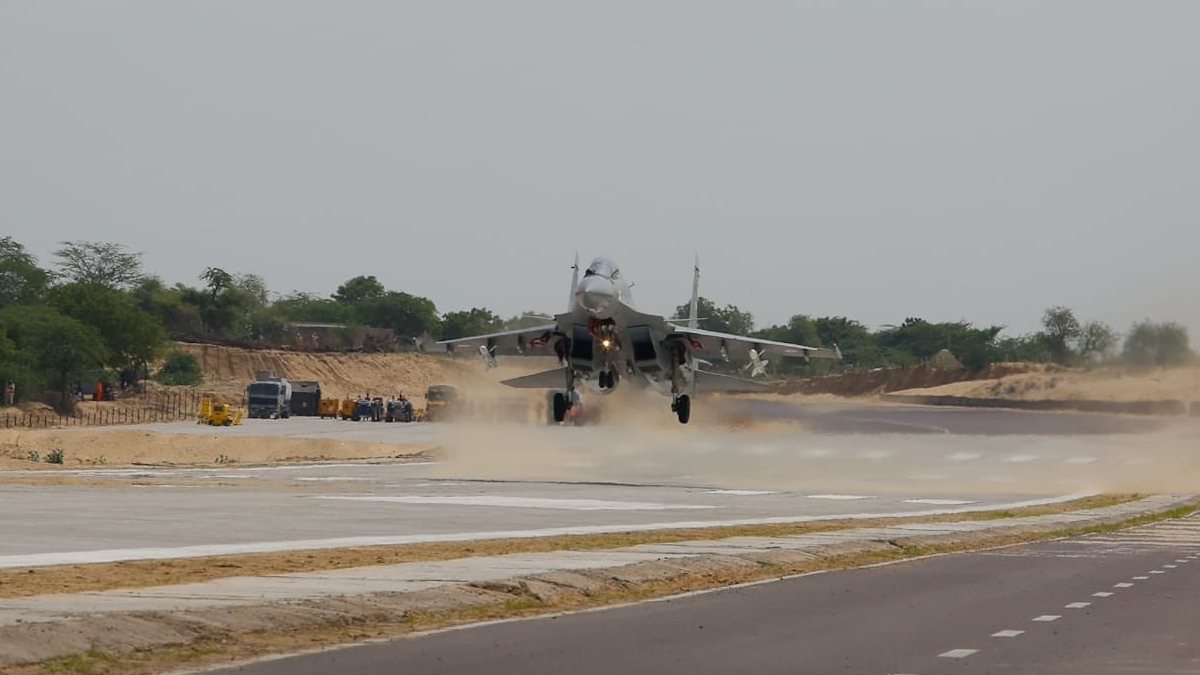
In a strategic shift, the Indian Air Force (IAF) has emerged as a frontrunner in utilizing highways for emergency fighter jet landings. While Pakistan Air Force (PAF) pioneered such operations in the subcontinent in 2000, the IAF has rapidly outpaced them in recent years.
Pakistan gets the credit for introducing the concept of road runways in the region around 2000. This provided them with a tactical advantage of dispersing their air assets during wartime. However, the IAF has not only caught up but surpassed Pakistan in this domain. India boasts five operational highway stretches designated for emergency landings, with more under construction. Notably, the IAF has successfully conducted demonstrations using over five different aircraft types on these road runways.
Continue readingSOURCE: AFI

India successfully test-fired a new air-launched ballistic missile in the Andaman and Nicobar Islands on April 23rd. The missile, known as ROCKS (or Crystal Maze 2), boasts a strike range exceeding 250 kilometers and is designed for enhanced air combat capabilities.
ROCKS provides the Indian Air Force (IAF) with a significant advantage by allowing them to engage targets from a safe distance beyond the reach of enemy air defenses. India plans to manufacture nearly 100 units of the missile indigenously through a Transfer of Technology (ToT) agreement with Rafael, an Israeli defense contractor. Kalyani Group is a potential candidate for local production.
Continue readingSOURCE: AFI
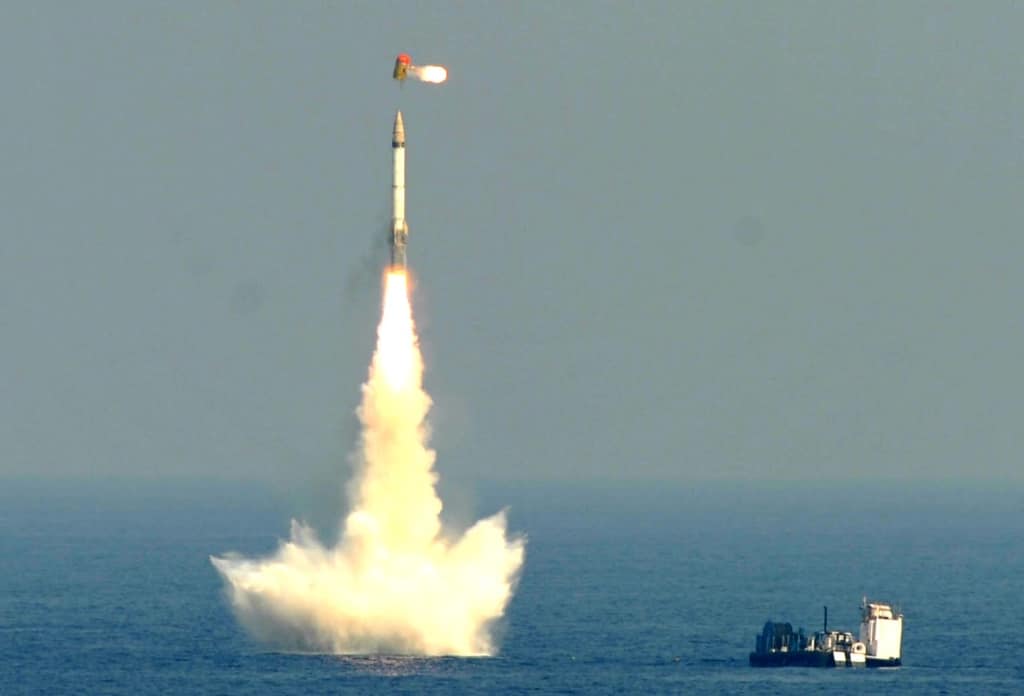
India achieved a significant milestone in its defense capabilities with the successful test firing of a new version of a medium-range ballistic missile on Tuesday, April 23. The Strategic Forces Command executed the test, although neither the Defence Research and Development Organisation (DRDO) nor the Ministry of Defence (MoD) confirmed the specific missile tested, sparking speculation regarding the introduction of a new variant.
According to sources cited by idrw.org, the missile under scrutiny could potentially be an enhanced iteration of the land-based variant of the Sagarika, also known as the K-15 or B-05. The Sagarika, originally developed as a submarine-launched ballistic missile (SLBM) by DRDO, underwent rigorous user trials in 2018 when it was test-fired consecutively from the Arihant class of submarines. These trials hinted at further advancements in the missile’s capabilities.
Continue readingSOURCE: AFI

India and the European Union are gearing up for their next round of bilateral security and defence consultations, expected to take place in New Delhi in early May. This upcoming meeting signifies a growing strategic partnership between the two sides, with space security and defence industry collaboration emerging as key areas of focus.
Sources familiar with the discussions reveal that the agenda will expand beyond the initial topics covered during the first consultations held in 2022. Back then, the dialogue centered on security concerns in the Indo-Pacific, Europe, and India’s neighborhood.
Continue readingSOURCE: AFI

The Indian Space Research Organisation (ISRO) sets its sights on a historic milestone: landing the first Indian astronaut on the Moon by 2040. This ambitious plan marks a significant step forward in India’s lunar exploration ambitions.
ISRO chairman S. Somanath has outlined this goal, emphasizing the crucial role of the upcoming Gaganyaan mission. This mission, slated for launch sometime between 2023-2024, aims to send a crew of Indian astronauts into low Earth orbit for a few days. The success of Gaganyaan will provide invaluable experience and pave the way for the more complex lunar mission.
Continue readingSOURCE: AFI

A recent incident involving well-known Pakistani journalist Hamid Mir has sparked controversy and raised eyebrows across social media platforms. In a video clip shared widely, Mir is seen criticizing Indian Prime Minister Narendra Modi for what he believes to be disparaging remarks towards the Arab community. However, the crux of the matter lies in a misunderstanding on Mir’s part, where he confused the term “urban naxal” used by Modi with “Arab nasal.”
The incident unfolded during Modi’s speech in Rajasthan’s Barmer, where he reportedly mentioned the term “urban naxal.” However, in his critique, Mir mistakenly interpreted it as “Arab nasal,” attributing it to Modi’s alleged derogatory remarks towards the Arab race. Despite the apparent misunderstanding, Mir adamantly insists on his interpretation in the video clip, unaware of his error.
Continue reading